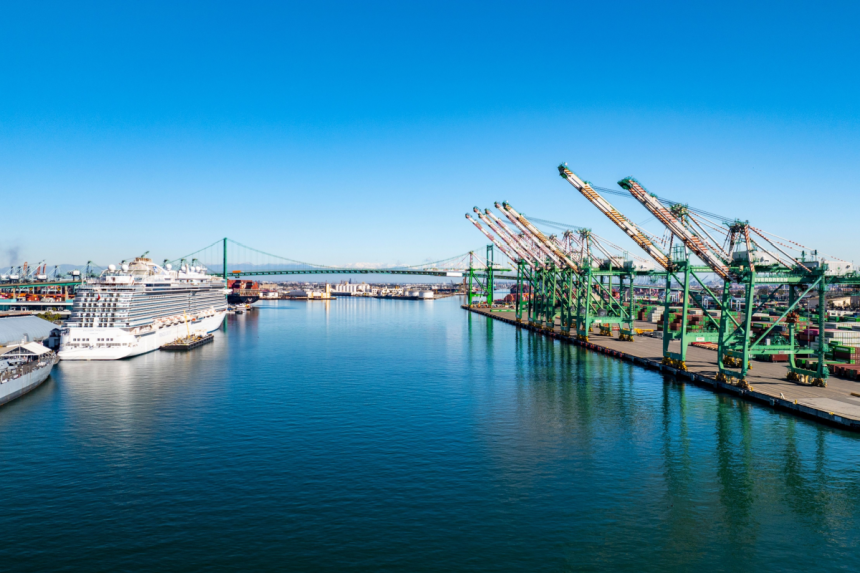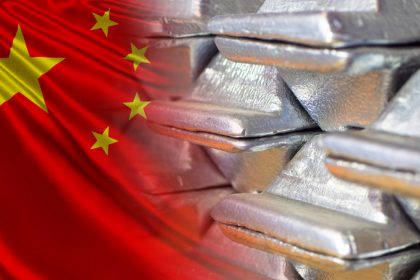In the Port of Los Angeles, seven floating steel structures now gently rise and fall with the waves, marking the start of the nation’s first onshore wave energy site. Developed by Eco Wave Power, the project aims to demonstrate the potential of wave energy as a clean and reliable electricity source. While the pilot produces only a modest amount of power, future expansion along eight miles of breakwater could generate enough energy to supply up to 60,000 homes.
A New Source of Clean Power
Eco Wave Power’s co-founder and CEO Inna Braverman described the pilot as a “game changer” for clean energy, especially for nearby communities that have long suffered from poor air quality linked to port operations. The system, housed at AltaSea, an ocean institute advancing climate solutions, uses floating devices that convert wave motion into hydraulic pressure, which powers a generator. The electricity can then be supplied locally, offering a model for scaling up across other ports in the United States.
Potential and Advantages
According to the U.S. Department of Energy, waves off American coastlines could theoretically meet about one-third of national electricity needs. Unlike wind and solar, which depend on weather conditions, wave energy can provide steady output even when winds calm or the sun sets. This complementarity could help stabilize the grid as demand rises, driven by electric vehicles, data centers, and artificial intelligence infrastructure. Industry experts note that wave energy is still in its early stages but is moving from research into practical deployment.
Costs, Policy, and Partnerships
Like solar and wind in their early years, wave energy still faces high costs and requires subsidies and policy support to become competitive. California took a step forward in 2023 when Governor Gavin Newsom signed legislation promoting wave energy development. Half of Eco Wave Power’s Los Angeles pilot was funded by oil and gas company Shell, highlighting the growing interest of major energy firms in diversifying into renewables. Braverman said dozens of U.S. coastal sites could host future projects, pointing to advantages such as repurposing existing port infrastructure and avoiding land acquisition.
Global Expansion and Local Impact
Eco Wave Power is also active internationally, with projects in Israel, Taiwan, India, and Portugal, and a forthcoming pilot in New Jersey. Experts believe wave energy could be especially useful for remote coastal communities and islands that currently depend on expensive diesel imports. Andrea Copping, a marine renewable energy specialist at the University of Washington, emphasized that each successful deployment strengthens the case for commercialization, even if the technology is not yet as competitive as solar or wind.
Conclusion
The Los Angeles pilot marks a milestone for U.S. renewable energy. If expanded, it could reshape the role of ports in clean energy production and contribute to reducing emissions in surrounding communities. While challenges remain, wave energy offers a promising complement to existing renewables, and Eco Wave Power’s work may help chart a path toward wider adoption across the globe.






